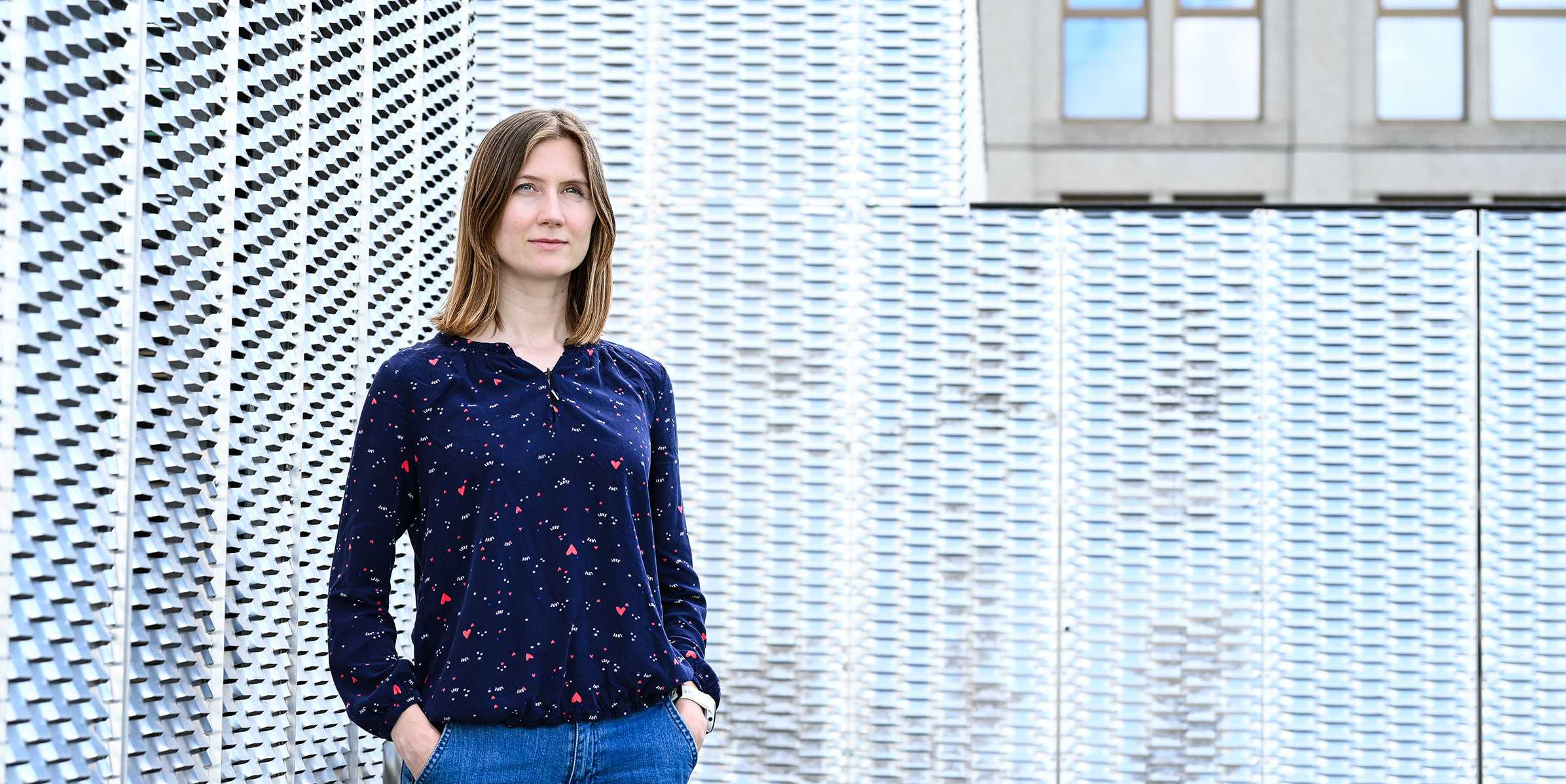
"For the last decade, I have been looking into how we can ensure robust and consistent mobile robot localization in environments that change and the construction site environment is the most challenging yet"
Dr Olga Vysotska, the first Design++ postdoctoral fellow, specializes in the localization of robots and augmented reality devices within construction environments. Her work explores the intersection of robotics, augmented reality, and construction, aiming to enhance the efficiency and accuracy of tasks in ever-changing environments.

Can you describe your post-doctoral research project and what inspired your research?
The contemporary world is witnessing a surge in intelligent systems designed to execute all kinds of tasks. In my research, I am looking at systems that can be helpful in the construction industry. Among those I am interested in autonomous mobile systems. For example, mobile robots or augmented reality devices that need to operate inside buildings under construction or renovation. To be able to perform any task, the mobile system must first understand where it is with respect to the real world. This process is called localization. We as humans often perform this task when we ask ourselves "Have I been to this place before?". What makes this recognition task challenging is the fact that the environment might have changed since the last time we or the robot have seen it. Construction sites are a particularly challenging environments since they are designed to change.
For the last decade, I have been looking into how we can ensure robust and consistent mobile robot localization in environments that change and the construction site environment is the most challenging yet.

What are the potential real-world applications of your research within the AEC industry? How could it impact everyday life?
One of the major issues that the construction industry is facing is consistent and rigorous documentation. Construction site documentation, inspection, and communication flows between the teams are identified as major hurdles.
A robot localization system that can operate inside the building under construction could enable the mobile systems to perform inspection or site documentation tasks regularly in an autonomous way. This, in turn, could speed up the documentation process, and provide insights about the discrepancies between "as-built" and "as-planned" states early on, avoiding re-work and thus saving costs and resources.


Can you please share a surprising or unexpected outcome you have encountered during your research so far?
So far the most surprising outcome I have encountered was how clean and organized construction sites could be. I was expecting it to be more chaotic. In cooperation with Design++ Strategic Partner Halter AG, I was able to visit a construction site to gain insights into the daily operations and I was truly amazed about the organization of the workflow.
How would you describe augmented computational design?
For me augmented computational design is a set of procedures and technologies that could augment the design process by providing real-world data, for example, the physical state of the construction in a digital form, intuitively and simply. I see both mobile robots and augmented reality devices, such as AR glasses or AR kits on phones, as means that could make data collection easier as well as support the design process by visualizing the architectural forms in a 3D world in correct locations and thus augmenting the real world with digital designs.